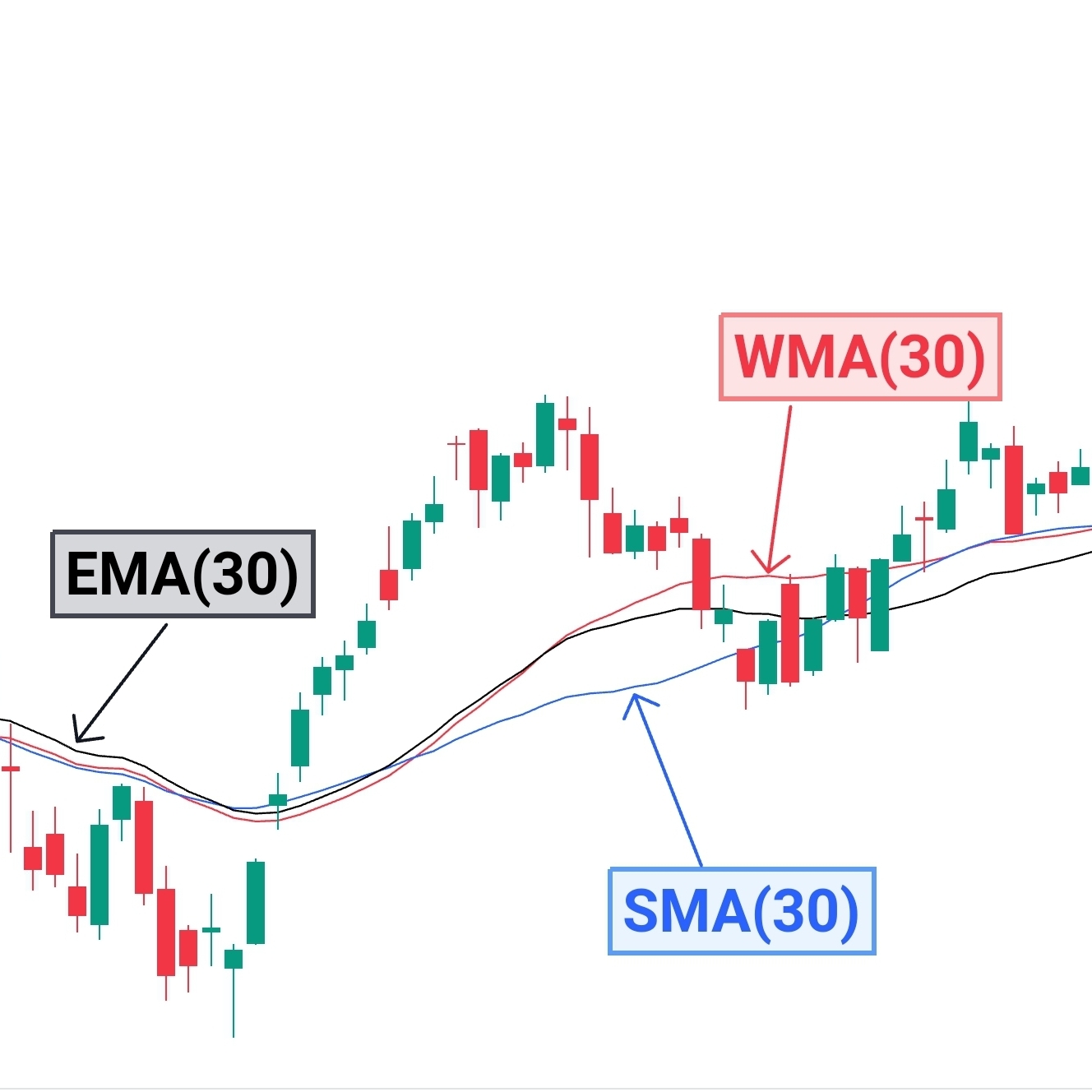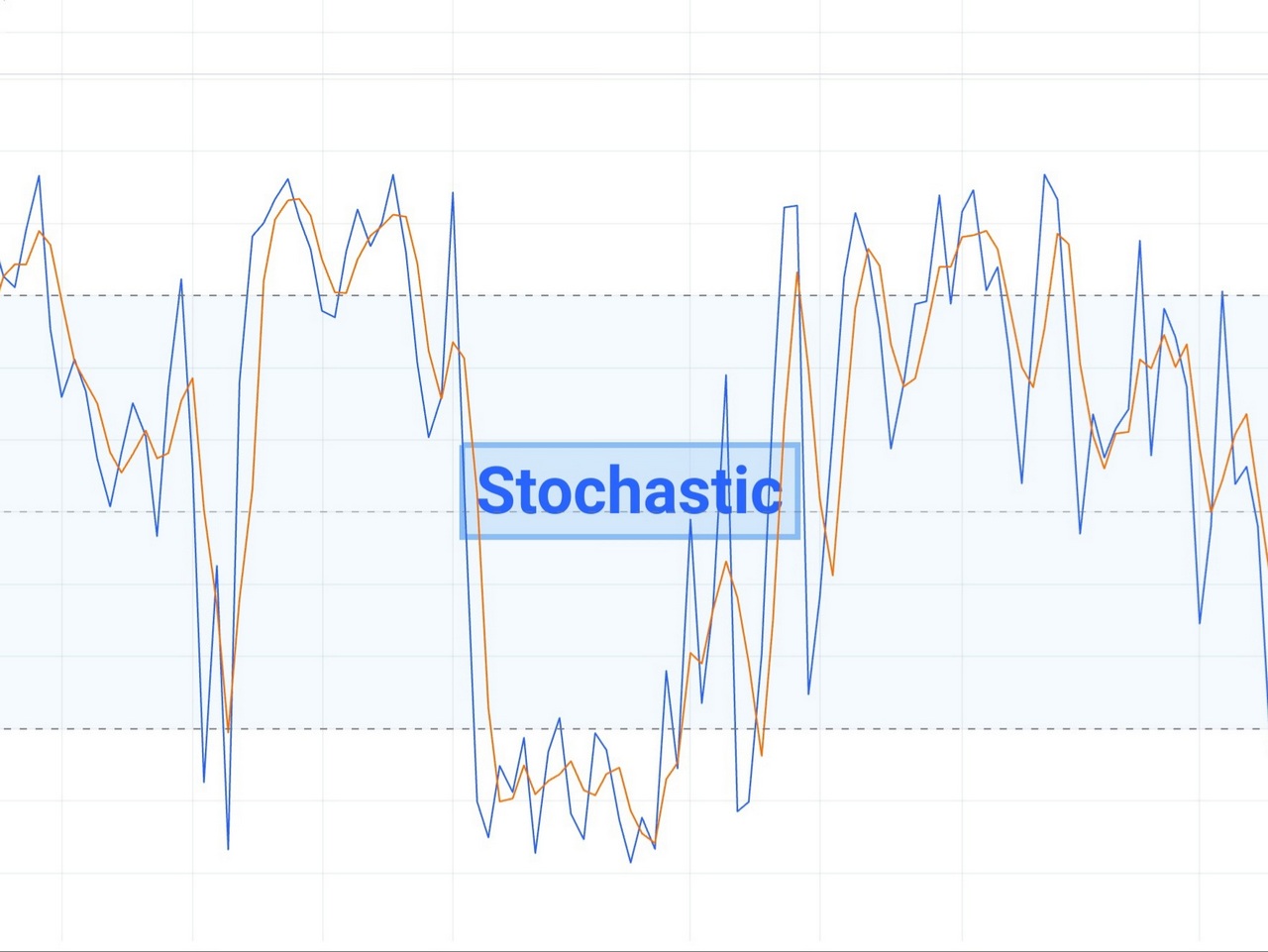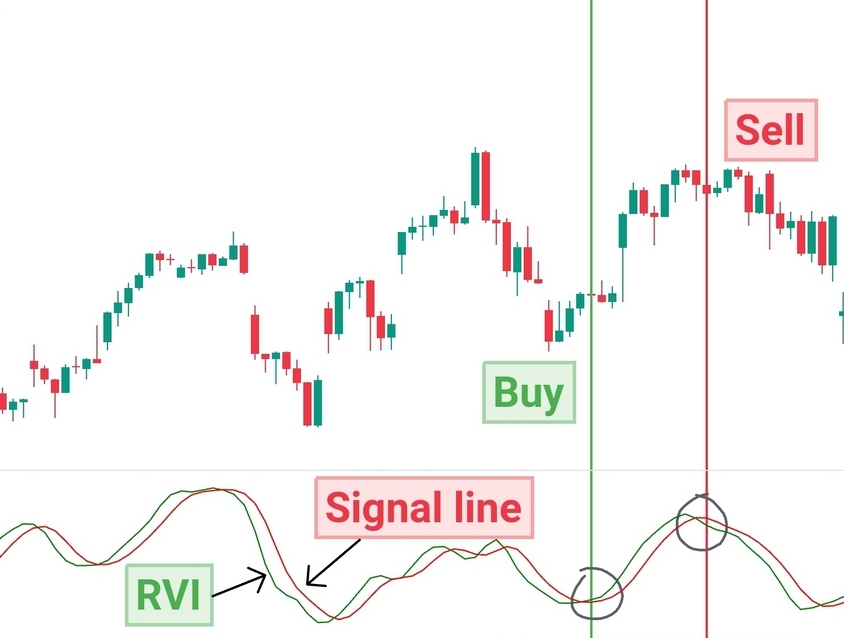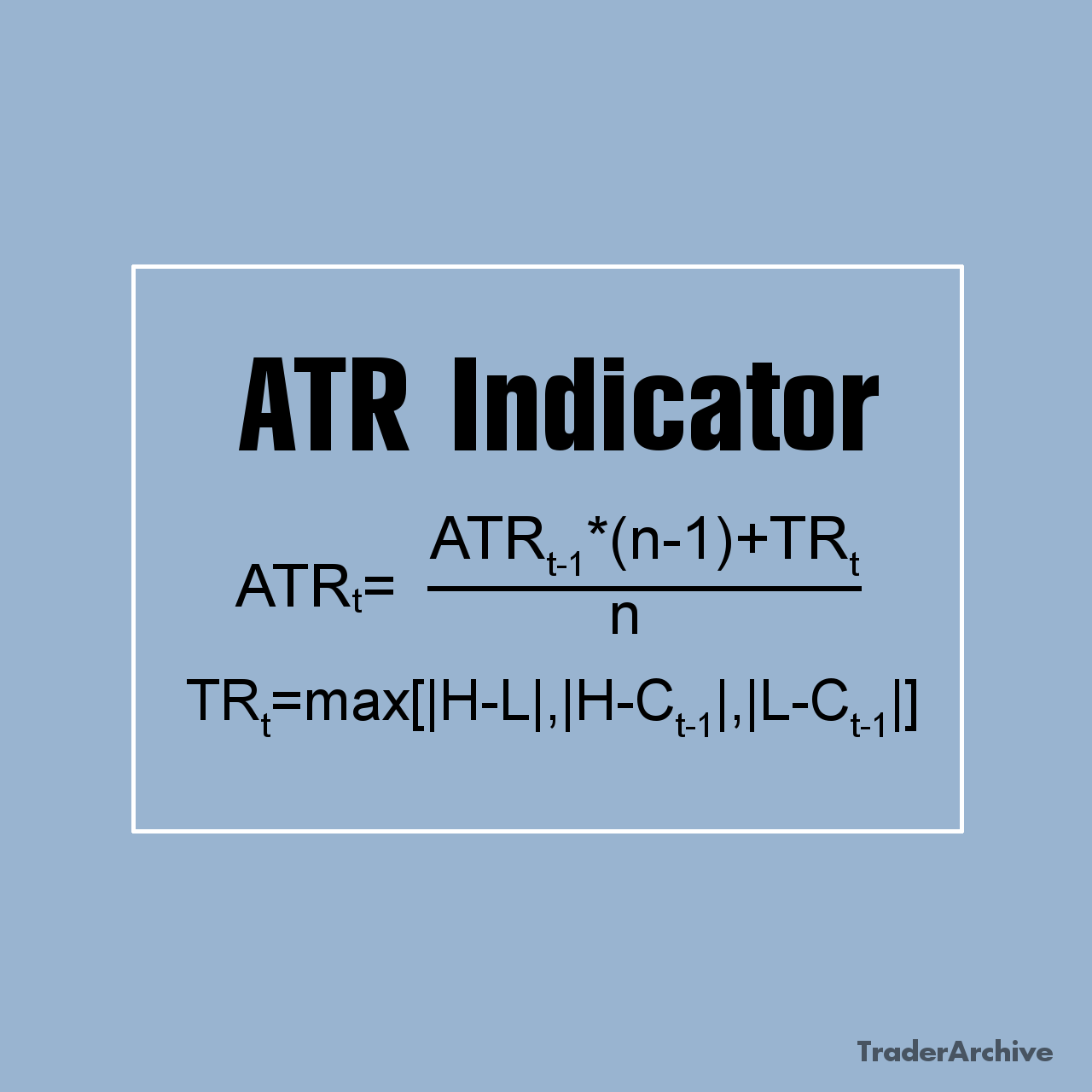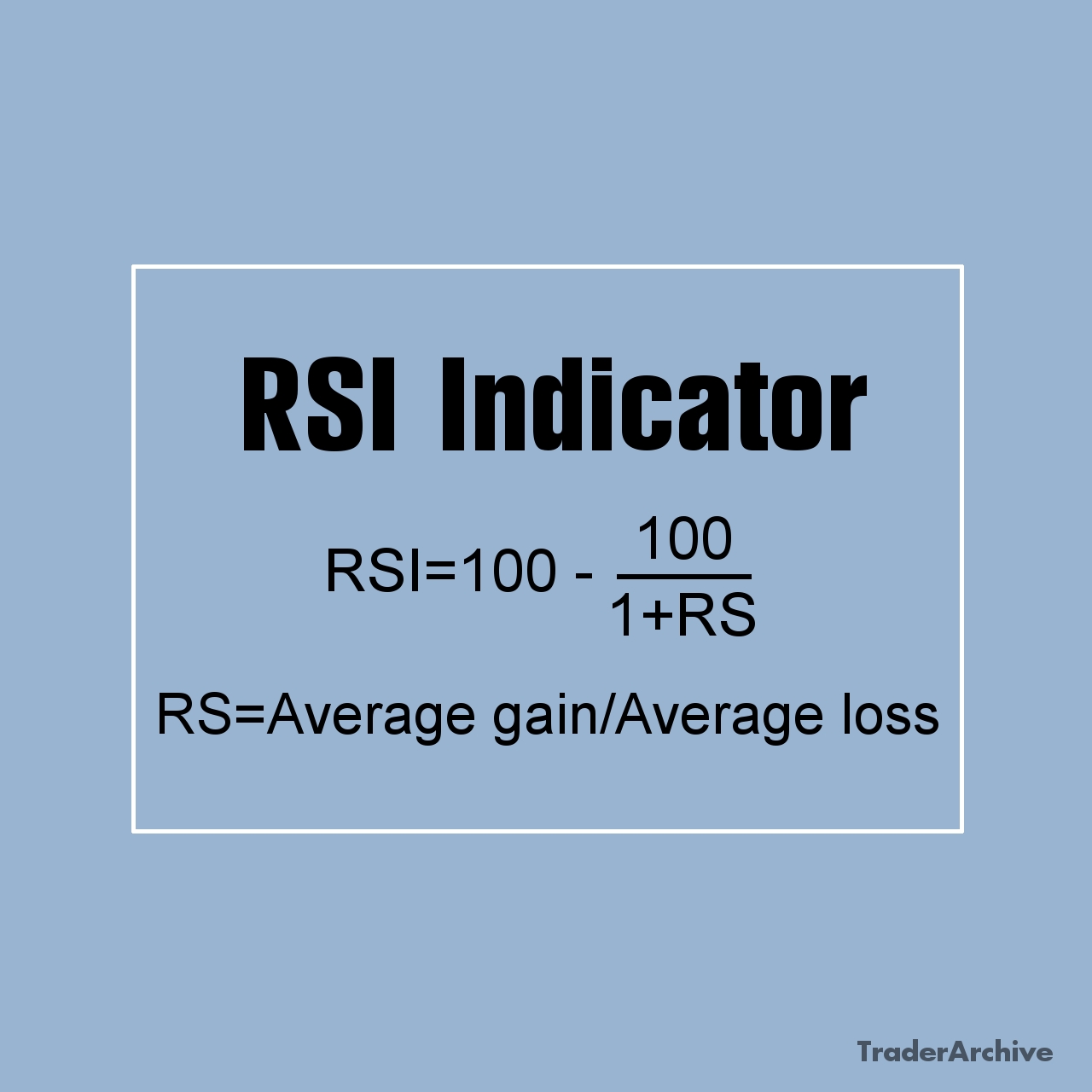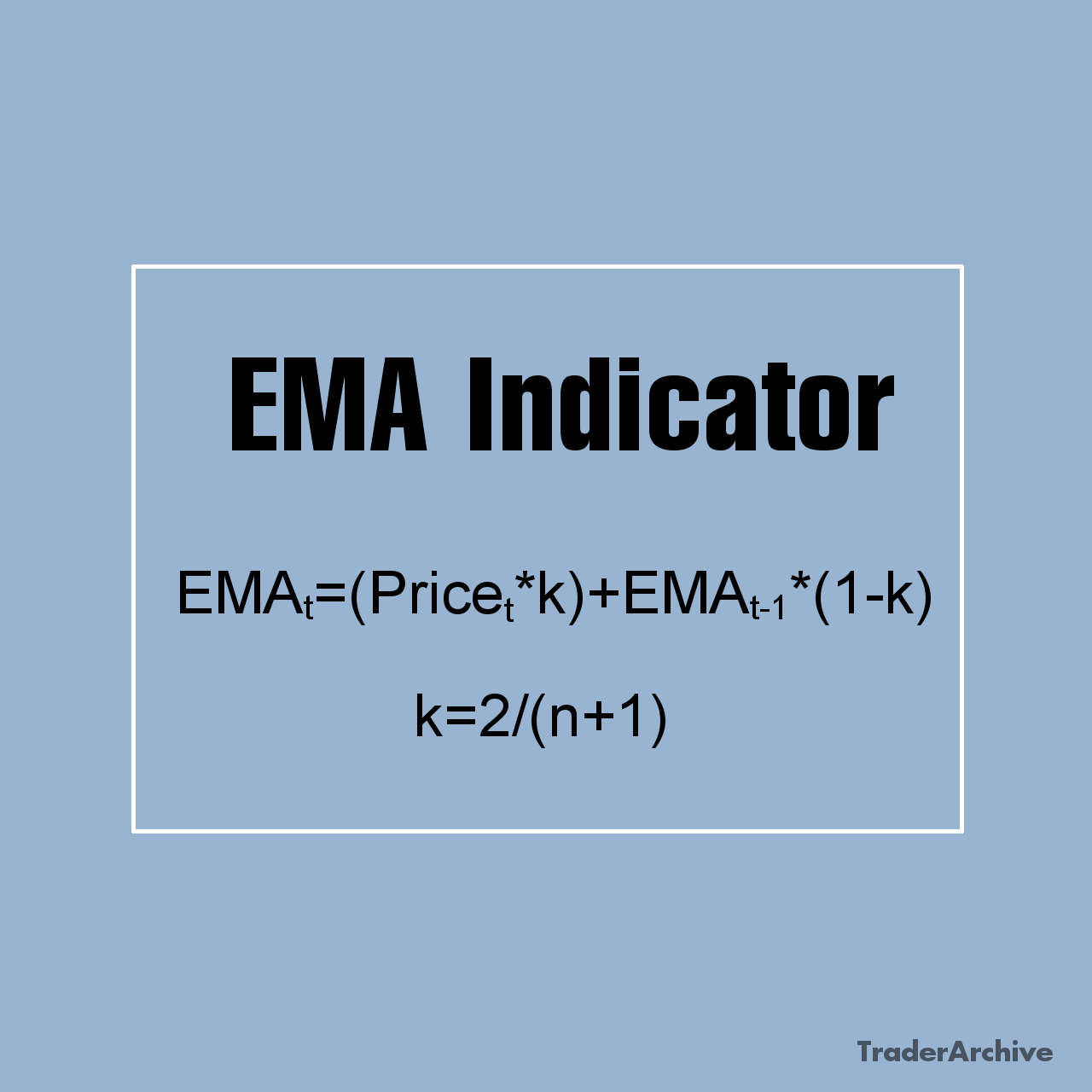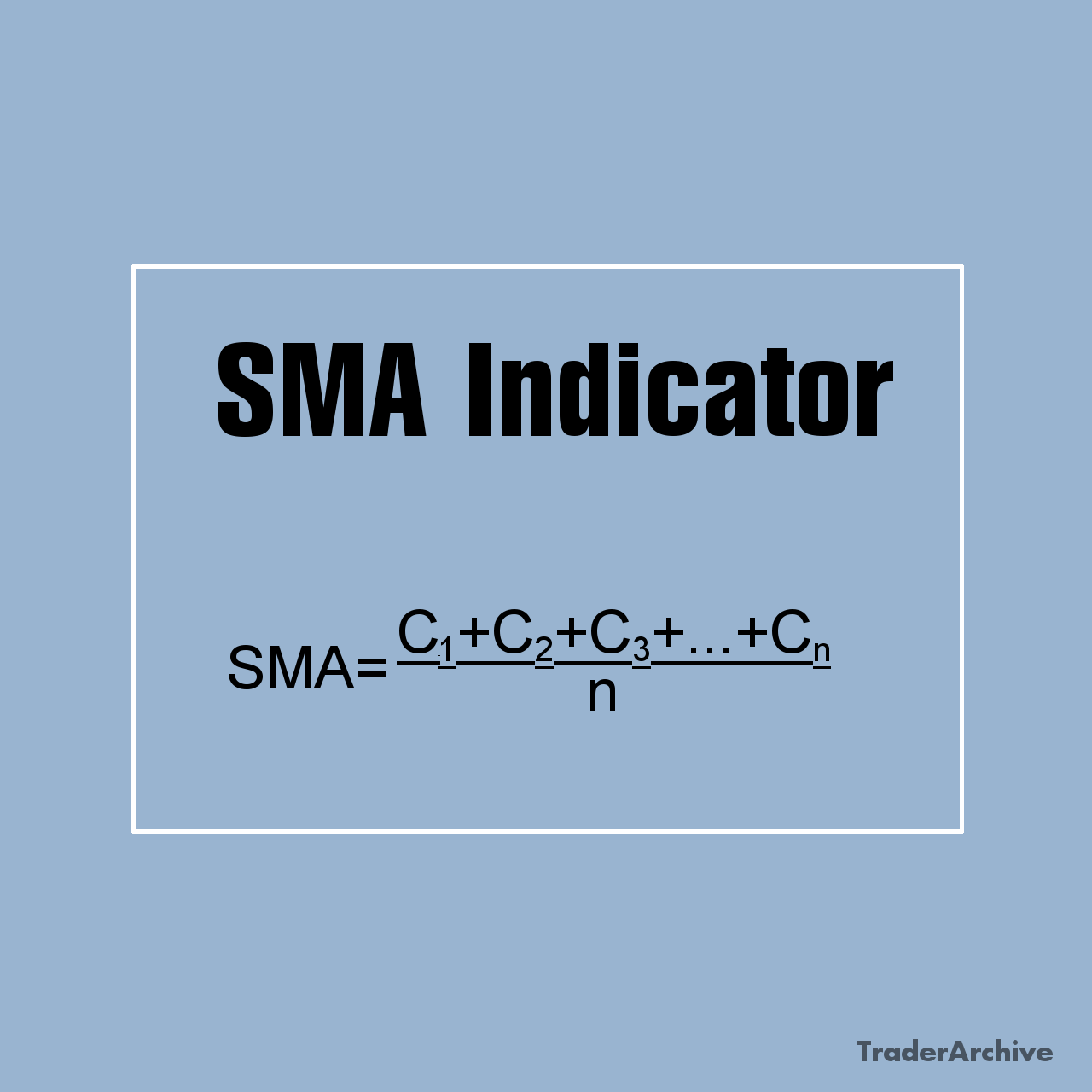Investing in the financial markets can be a daunting task for many individuals. The complexities of the markets, coupled with the inherent risks involved, often leave investors feeling overwhelmed and uncertain about the best approach to grow their wealth. However, one strategy that has stood the test of time and proven to be effective in both bull and bear markets is dollar-cost averaging (DCA).
Understanding Dollar-Cost Averaging
Dollar-cost averaging is an investment strategy that involves investing a fixed amount of money at regular intervals, regardless of market conditions. Instead of trying to time the market and make large lump-sum investments, investors using the DCA strategy spread out their investments over time, buying more shares when prices are low and fewer shares when prices are high.
The beauty of dollar-cost averaging lies in its simplicity and ability to reduce the impact of market volatility on investment returns. By consistently investing a fixed amount of money over time, investors can benefit from the concept of “buying the dips” and averaging out their cost basis over the long term.
The Mechanics of Dollar-Cost Averaging
To illustrate how dollar-cost averaging works, let’s consider an example:
Suppose an investor decides to invest $500 in a particular stock every month for a year. Regardless of whether the stock price goes up or down each month, the investor sticks to their investment plan and buys $500 worth of shares at the prevailing market price.
In a scenario where the stock price is high, the $500 investment would buy fewer shares. Conversely, when the stock price is low, the same $500 investment would buy more shares. Over time, this approach helps smooth out the impact of market fluctuations on the investor’s portfolio.
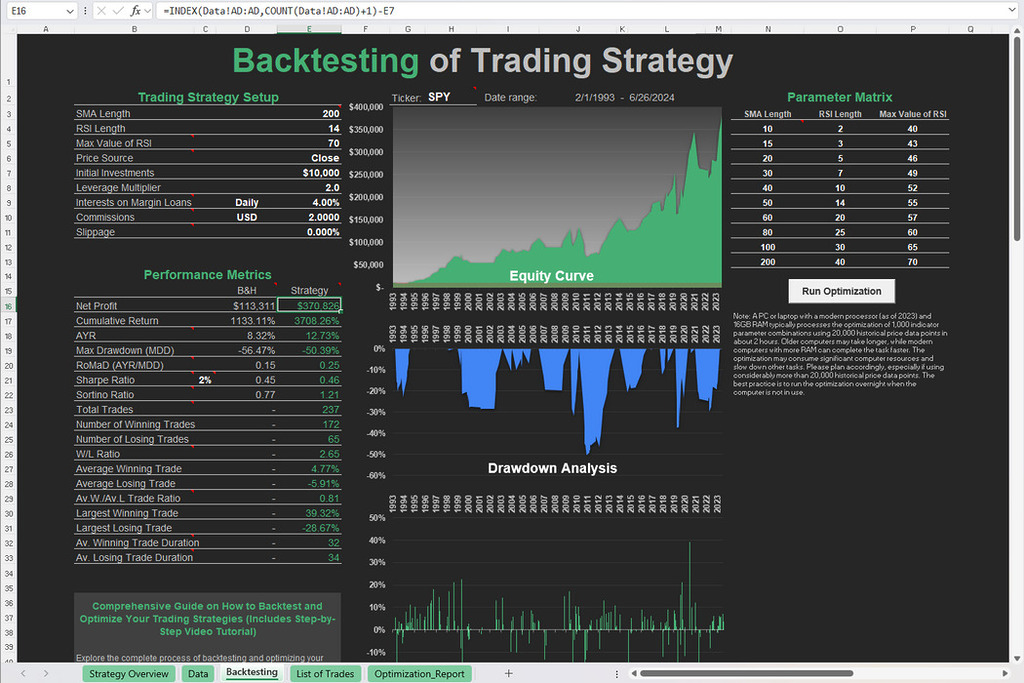
Free Backtesting Spreadsheet
Benefits of Dollar-Cost Averaging
- Risk Mitigation: Dollar-cost averaging helps mitigate the risk of investing a large sum of money at the wrong time. By spreading out investments over time, investors avoid the pitfalls of market timing and reduce the impact of short-term volatility on their portfolio.
- Discipline: DCA instills discipline in investors by encouraging regular contributions to their investment accounts. Instead of trying to time the market or succumbing to emotional impulses, investors adhere to a consistent investment plan, which can lead to better long-term outcomes.
- Automatic Investing: Many brokerage platforms offer automatic investment features, allowing investors to set up recurring purchases at predetermined intervals. This automation simplifies the investment process and ensures that investors stay on track with their financial goals.
- Compounding Returns: By consistently investing over time, investors harness the power of compounding returns. As dividends and capital gains are reinvested into the portfolio, the overall value of the investment grows exponentially over time.
- Reduced Stress: Market fluctuations and volatility can induce stress and anxiety among investors. Dollar-cost averaging helps alleviate this stress by shifting the focus from short-term price movements to long-term wealth accumulation. Instead of worrying about daily fluctuations, investors can stay focused on their investment plan and financial objectives.
Potential Drawbacks
While dollar-cost averaging offers numerous benefits, it’s essential to acknowledge its potential drawbacks:
- Opportunity Cost: In a rising market, dollar-cost averaging may result in missed opportunities for larger gains. Since investments are spread out over time, investors may not fully capitalize on periods of rapid price appreciation.
- Transaction Costs: Frequent purchases associated with dollar-cost averaging may incur additional transaction costs, particularly for investors trading individual stocks or ETFs. These costs can erode investment returns, especially for smaller portfolios.
- Psychological Impact: Some investors may struggle with the psychological aspect of dollar-cost averaging, particularly during periods of market downturns. The discipline required to stick to the investment plan and continue buying shares when prices are falling can be challenging for those prone to emotional decision-making.
- Market Timing Risk: While dollar-cost averaging helps mitigate the risk of mistiming the market, it does not eliminate it entirely. Investors should be aware that even with DCA, there’s still the possibility of investing during prolonged market downturns, which could impact long-term returns.
Implementing Dollar-Cost Averaging
Implementing a dollar-cost averaging strategy is relatively straightforward:
- Set Investment Amount and Frequency: Determine the amount of money you want to invest regularly and the frequency of your investments (e.g., monthly, quarterly).
- Select Investment Vehicles: Choose the assets or securities you want to invest in, whether it’s individual stocks, exchange-traded funds (ETFs), mutual funds, or a combination of assets.
- Automate Contributions: Take advantage of automatic investment features offered by brokerage platforms to automate your contributions. This ensures consistency and eliminates the need for manual intervention.
- Monitor and Adjust: Periodically review your investment strategy to ensure it aligns with your financial goals and risk tolerance. Consider adjusting your contributions or asset allocation as needed based on changing market conditions or personal circumstances.
DCA for Crypto Just as with Stocks and Bonds?
The dollar-cost averaging strategy can be applied to such alternative investment like crypto assets. While cryptocurrencies are known for their volatility and price fluctuations, the principles of DCA remain relevant and can help investors navigate the market with more confidence and less emotional stress.
Here’s how the DCA strategy can be applied to crypto assets:
- Regular Investments: Just like with traditional assets, investors can commit to investing a fixed amount of money in cryptocurrencies at regular intervals, whether it’s weekly, monthly, or quarterly. By doing so, they avoid the need to time the market and instead focus on building their position over time.
- Smoothing Out Price Volatility: Cryptocurrency prices are notoriously volatile, with significant fluctuations occurring within short periods. DCA helps mitigate the impact of this volatility by spreading out investments over time. When prices are high, investors buy fewer units, and when prices are low, they buy more units. Over time, this averaging can result in a more stable average purchase price.
- Reduced Emotional Impact: Emotional decision-making can be a significant challenge for crypto investors, especially during periods of extreme price swings. DCA helps mitigate the emotional rollercoaster by removing the need to react to short-term price movements. Instead, investors stick to their predetermined investment plan, which can lead to better long-term outcomes.
- Building a Long-Term Position: For investors who believe in the long-term potential of cryptocurrencies, DCA is an effective strategy for building a position gradually over time. It allows investors to accumulate assets at various price points, without the pressure of trying to time the market or predict short-term price movements.
- Risk Management: DCA also helps manage risk in the volatile crypto market. By spreading out investments over time, investors reduce their exposure to the risk of making a large investment at a particularly unfavorable price point. Additionally, the consistent nature of DCA encourages disciplined investing, which is essential for long-term success.
Final Thoughts
Dollar-cost averaging is a time-tested investment strategy that offers numerous benefits for investors seeking to build wealth over the long term. By spreading out investments over time and focusing on consistent contributions, investors can mitigate risk, harness the power of compounding returns, and stay disciplined in the face of market volatility. While DCA may not guarantee outsized returns or eliminate all risks, it provides a reliable framework for achieving financial objectives and navigating the complexities of the financial markets. As with any investment strategy, thorough research, careful planning, and disciplined execution are key to success with dollar-cost averaging.
Share on Social Media:

